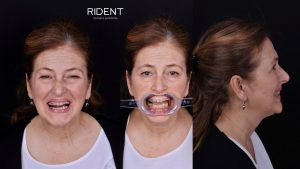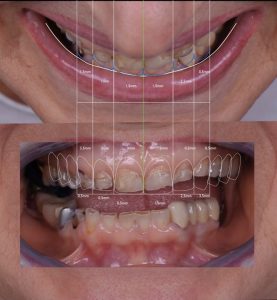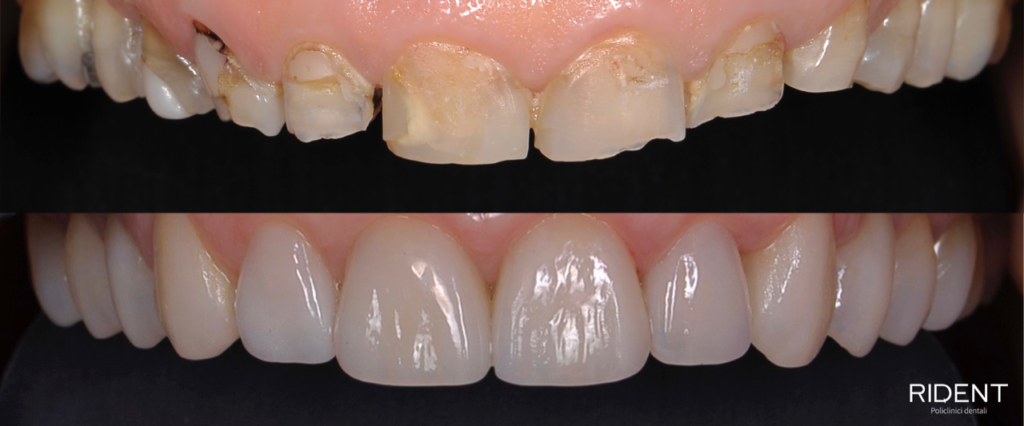30.09.2019
With the development of new technologies in dental medicine and dental technology, and the availability of information on the Internet, more and more patients are asking questions for the globally popular DSD. Digital Smile Design (DSD) is the digital design of a smile based on the study of the relationship between the patient’s teeth, gingiva, lips, face and smile with a virtual proposal of the therapy plan.
This planning method is applicable and accessible to all patients in need of prosthetic or implant-prosthetic therapy, including crowns and dental implant bridges, dentures and even orthodontic therapies.
The technique was conceived in response to the growing and demanding aesthetic expectations of the patient, and enables the patient to visualise the therapy process and the final outcome before the beginning of the therapy.
With this multipurpose technique, there are significant benefits for the dental team and the patient:
In order to present the readers with the DSD protocol more clearly, we will walk you through a typical DSD case:
1. The patient comes for a first examination and consultation after years of having a bite problem and an unattractive smile, with the aim of improving function and aesthetics. Old prosthetic restorations, inadequate fillings, secondary caries and generalised abrasion are present in the mouth.

2. The necessary photos and videos were taken with a quality DSLR camera, both jaws were scanned with a 3SHAPE TRIOS intraoral scanner. That why we have avoided long-lasting and very uncomfortable imprints on silicone masses.
3. Following the analysis of the photos and videos, a two-dimensional design of a new smile is then made, and the patient can be shown a virtual representation of the desired work.

4. This is followed by the creation of a 3-dimensional plan and models made using 3D printers to create a credible new smile (mock up) that the patient can see and try in the mouth.

5. Finally, we can now start preparing the teeth while making the temporaries and then definitive crowns based on the previously made plan.
6. The patient receives the long-awaited smile:

From all of the above, we can conclude that Digital Smile Design is not only a technique for virtual smile planning, but also a way of thinking and communicating that allows us to better control and implement thoughtful therapy to the maximum satisfaction of the patient and the interdisciplinary dental team.
